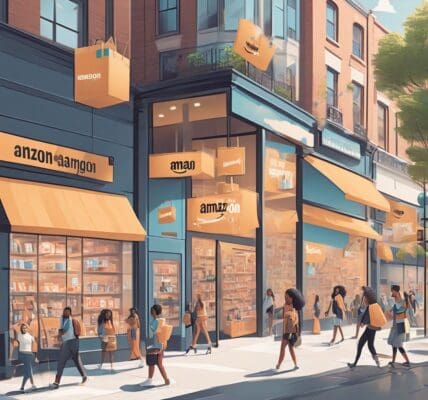In a significant move towards modernizing its shopping experience, Boscov’s Department Stores is preparing to pilot self-checkout technology across 14 of its locations. This initiative signals a broader trend in retail, as businesses reevaluate the balance between automation and personalized customer service. CEO John Boscov emphasized that while self-checkouts will be rolled out, the aim is not to replace store employees. Instead, the strategy is to enhance the service offering while responding to customer feedback.
Maintaining Human Interaction
Consumer preferences are shifting, and self-service options are becoming more popular. However, retailers must navigate the fine line between technological advancement and customer service. Boscov stated, “We’re never going to eliminate full-service and we’re not eliminating any jobs by having self-service.” This statement reflects a growing trend where retailers are recognizing the importance of retaining human interaction in shopping experiences.
Consumer Feedback Drives Change
The decision to introduce self-checkouts was significantly influenced by consumer feedback. Customers have expressed a desire for quicker, more efficient shopping experiences, particularly in high-traffic locations. For instance, grocery chains like Safeway recently faced backlash when they pulled self-checkout kiosks from their Bay Area stores, demonstrating that the success of such technology can vary greatly depending on customer demographics and preferences.
To alleviate some concerns and enhance customer satisfaction, Boscov’s is also implementing Wi-Fi access in its stores. This move not only improves the shopping atmosphere but facilitates more streamlined use of technology, including self-checkout apps or digital shopping lists.
The Self-Checkout Landscape
The retail landscape is filled with varied approaches to self-checkout technology. While Boscov’s prepares to introduce these kiosks, the experience at other retailers offers valuable lessons. For instance, Qu!ck, an autonomous supermarket in Argentina, has created an entirely cashierless shopping experience, where customers utilize an app to scan and pay for items without interacting with a cash register. This model, while innovative, presents challenges related to privacy and the potential for job displacement.
Conversely, some retailers have opted to retract their self-service options following customer dissatisfaction. Safeway’s withdrawal reflects a cautious approach and suggests that self-checkouts can lead to confusion and frustration if not implemented carefully. Boscov’s strategy seems to mitigate this risk by not implementing self-checkout at all locations, thus keeping a balance between traditional customer service and modern technology.
A Future-Forward Strategy
Moving towards self-checkout needs careful consideration of customer demographics. For example, younger shoppers may appreciate the flexibility and speed offered by self-service options, while older customers might prefer direct interaction with staff. Hence, Boscov’s approach allows for a blended shopping experience, catering to a diverse clientele while modernizing its operations.
Moreover, the integration of Wi-Fi and self-checkout kiosks can also improve inventory tracking and customer engagement. Retailers can gather data on shopping habits through self-checkout technology, providing insights that can inform marketing tactics and improve stock management.
Conclusion
Boscov’s upcoming pilot of self-checkouts represents more than just an operational change; it signifies an essential response to evolving consumer expectations. By marrying technology with personalized service, retailers can set themselves apart in a fiercely competitive market. As the retail landscape continues to transform, the success of self-service technology will depend on careful implementation, consumer engagement, and, most importantly, the continuous role of customer service.












